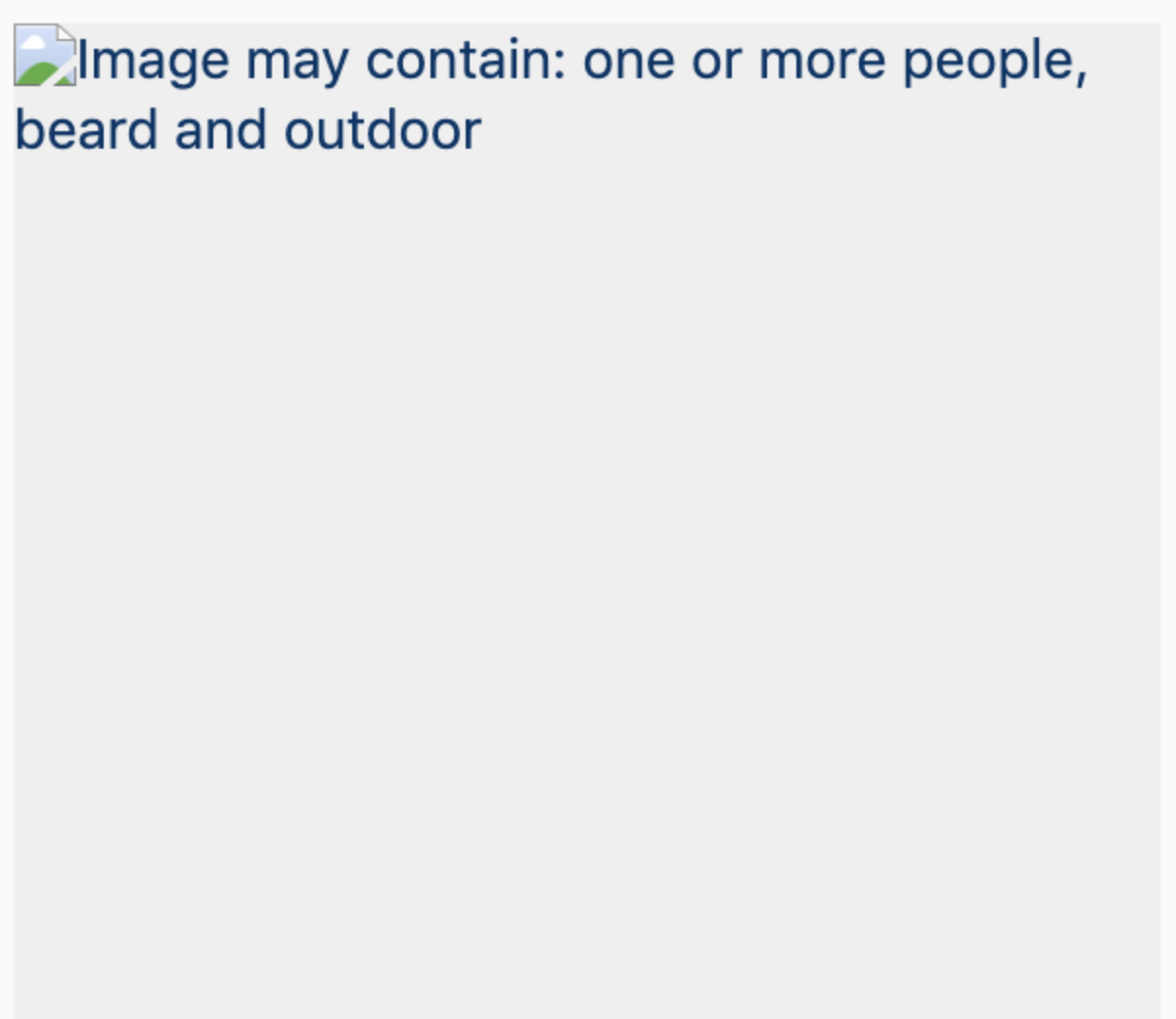What’s Been Going on with the Internet?
Millions of people across the world can agree that the internet was acting up this past month. Outages were affecting people left and right, off and on throughout the month of June. Unsteady sites, interrupted services, images not loading, undelivered direct messages, and emails inaccessible for long periods at a time were some of the things users experienced during this down month. No one event can be blamed for the multiple outages, rather just bad luck for the companies involved.
Google kicked off the month with an outage on June 2. The massive outage wiped out service for the majority of the United States’ east coast. Google’s services, like Gmail and Nest, were not the only ones to be affected. Third-party sites, Discord, Snap, and Vimeo, also experienced related outages as well. What was the cause of the outage that affected millions? There was an issue with a routine configuration change that cascaded throughout Google’s servers resulting in gridlock. The entire Google Cloud Platform was down for more than three hours.
A couple of weeks later on June 24, Cloudflare experienced an outage that caused downtime for 15% of its worldwide traffic. The outage was a result of a network route leak, with the blame placed on Verizon. Cloudflare stated that Verizon had inherent flaws in the gateway protocol, which are flaws in how internet traffic is routed on the internet. In basic terms, Verizon essentially routed freeways into neighborhood streets. Those reliant on Cloudflare, like Amazon and Linode, also were halted during this outage.
Cloudflare was in the clear for about a week until July 2, when they were hit with another outage. This time a bad regex code is responsible for its spiked processors. The entire service was basically crippled for half an hour. Luckily the fix came swiftly, returning the internet back to normal.
July 2nd did not see the last of it after Cloudflare’s outage. Once again, Google experiences another outage. Physical damage to a fiber cable on the east coast caused a disruption that persisted for six dark hours. Through routing traffic via other data centers, most of Google’s disruption was alleviated.
The downtime did not stop there. July 3rd, another massive company went dark. Facebook and the entirety of its services had an eight-hour outage. Almost immediately, Facebook jumped on to Twitter to confirm the outage. Instagram, being part of Facebook’s portfolio of services, experienced images and videos that were not able to be loaded and viewed. Being that Instagram is a platform to share and look at images and videos, this was an immense issue for the company. Near the same time as this outage, Twitter was the next victim. They admitted via their own platform that direct messages were down.
On the very next day, July 4th, it was Apple’s turn. iCloud was hit by a nationwide outage that endured three hours. Almost every part of the cloud service, App Store, Apple Pay, Apple TV, and Apple ID, was affected. Some people reported that they were unable to access their cloud-based photos or emails. Similar to Cloudflare’s hiccup with Verizon, Apple’s outage was due to another border gateway protocol problem.
Unfortunately for these companies, this past month has not been smooth. During these instances of outages and downtimes, it is important that companies affected issue a statement explaining what is happening to keep their users informed. Google and Cloudflare fully acknowledged their issues. The same cannot be said about Apple, Facebook and Twitter. Though confidence in the cloud has been shaken up, the majority of users still have faith in the cloud’s resilience.
How Does Rackware Come In?
The inevitable outage is exactly why Rackware exists. It is in the core of what we do and why. Users would have never thought that big companies like Google, Apple, Amazon, and Facebook could ever just go down like they have exhibited recently. Consumer confidence and loyalty are majorly affected during these outages which could threaten the business’ livelihood. Rackware is here to provide solutions for cloud migration and disaster recovery. Our management module allows for IT resilience with automated disaster recovery and cloud backup. With Rackware, downtime can be minimized allowing for everyone to continue with their day to day businesses and lives.

